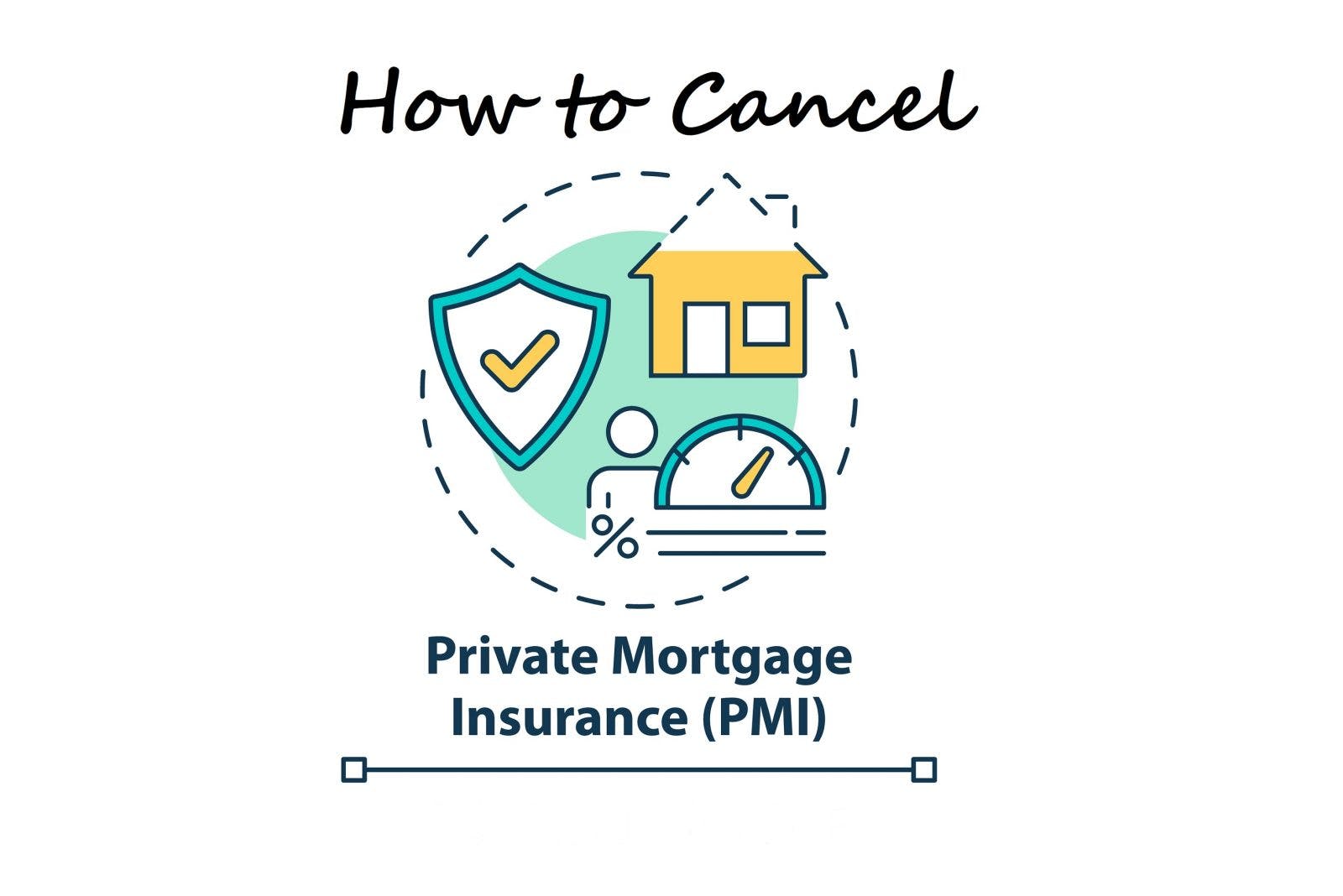One of the keys to unlocking a home purchase in this challenging housing market is to forgo the traditional desire to put 20% down on a property and avoid paying private mortgage insurance.
The so-called 20% rule is ancient history, however. In fact, the average down payment on a home is about 12% and 7% for first-time buyers.
The median price of a home (single-family, condo and townhomes combined) in King County is $815,000 (as of Sept. 1). That means buyers would need to have more than $160,000 saved for a 20% down payment. But with a 5% down payment, buyers only need $40,750 plus closing costs of roughly 3% of the agreed price.
This is where private mortgage insurance comes into play. PMI is a safety net for lenders when a borrower defaults on a loan. Consumers generally pay the insurance when the loan is at or above 80% of the home’s value at the time of the sale – in other words, when the buyer has paid less than 20% of the purchase price.
PMI allows prospective buyers who cannot, or choose not to, make a significant down payment to obtain mortgage financing at an affordable rate. The cost of PMI can vary based on the borrower’s personal finances and credit score.
The benefits of having PMI rather than aiming for a 20% down payment can be enormous. Buyers with PMI can afford a home sooner, it increases their potential budget to find the right home, can help them cover any late financial surprises such as a gap in the appraised value versus the accepted sales price, and it preserves more savings to cover costs such as improvements to the home after moving in.
With the insurance policy, the lender can usually recover the costs associated with the resale of foreclosed property as well as the accrued interest payments and fixed costs paid before the resale.
In today’s market, it’s unlikely that a homeowner would go into foreclosure. Buyers outnumber sellers, making the sale of a home far more possible than having the property returned to the bank.
Once in the new home, the mortgage holder will eventually hit a point where he/she can cancel the federally required insurance payments. There are two straightforward ways that borrower-paid PMI can be canceled, assuming the loan is up to date:
- The borrower can initiate the cancelation, through the lender or loan servicer, when the loan-to-value (LTV) is 80% or less, based on the original value, or
- At 78% LTV, based on the original value and scheduled amortization, the PMI payment requirement is automatically canceled per the Homeowners Protection Act, which was established in 1999.
Another way homeowners can cancel PMI is to carefully watch the home’s value. When home prices go up rapidly, as they have in recent years, the value of the local market typically appreciates, potentially allowing the PMI payment to drop away faster than originally scheduled.
It is financially wise to check in with your real estate professional every couple of years to understand the latest value of the home. A broker can provide a revised valuation based on market conditions. If the new findings suggest your LTV meets or comes close to meeting the requirements to cancel PMI, contact the loan servicer to determine the next steps.
Lenders may require the homeowner back up the claim by having the home appraised to confirm the home valuation. People who have lived in their homes for more than five years – essentially since the market sent prices surging – may find their property is significantly higher in value and have been unnecessarily paying PMI based on the sales price.
A borrower may initiate cancellation of PMI coverage by submitting a written request to the loan servicer. The servicer must take action to cancel PMI when the customer meets all requirements.
The loan servicer may not require further payments or PMI premiums more than 30 days after the insurance is terminated. And the servicer must return all unearned PMI fees to the borrower within 45 days after cancellation or termination of the coverage.
Another way mortgage holders might get rid of PMI is through refinancing the loan at a lower interest rate. Owners won’t need PMI on the new loan if the home’s value has exceeded the LTV requirements or if doing a cash-in refi, which means making a lump-sum payment at closing to lower the mortgage balance.
Mortgage insurance will remain the dominant form of credit-risk protection for high LTV loans. Demand for such mortgages remains strong, particularly among first-time homebuyers, but consumers should stay on top of the LTV and home valuation as a means of possibly saving a few dollars or even thousands.




